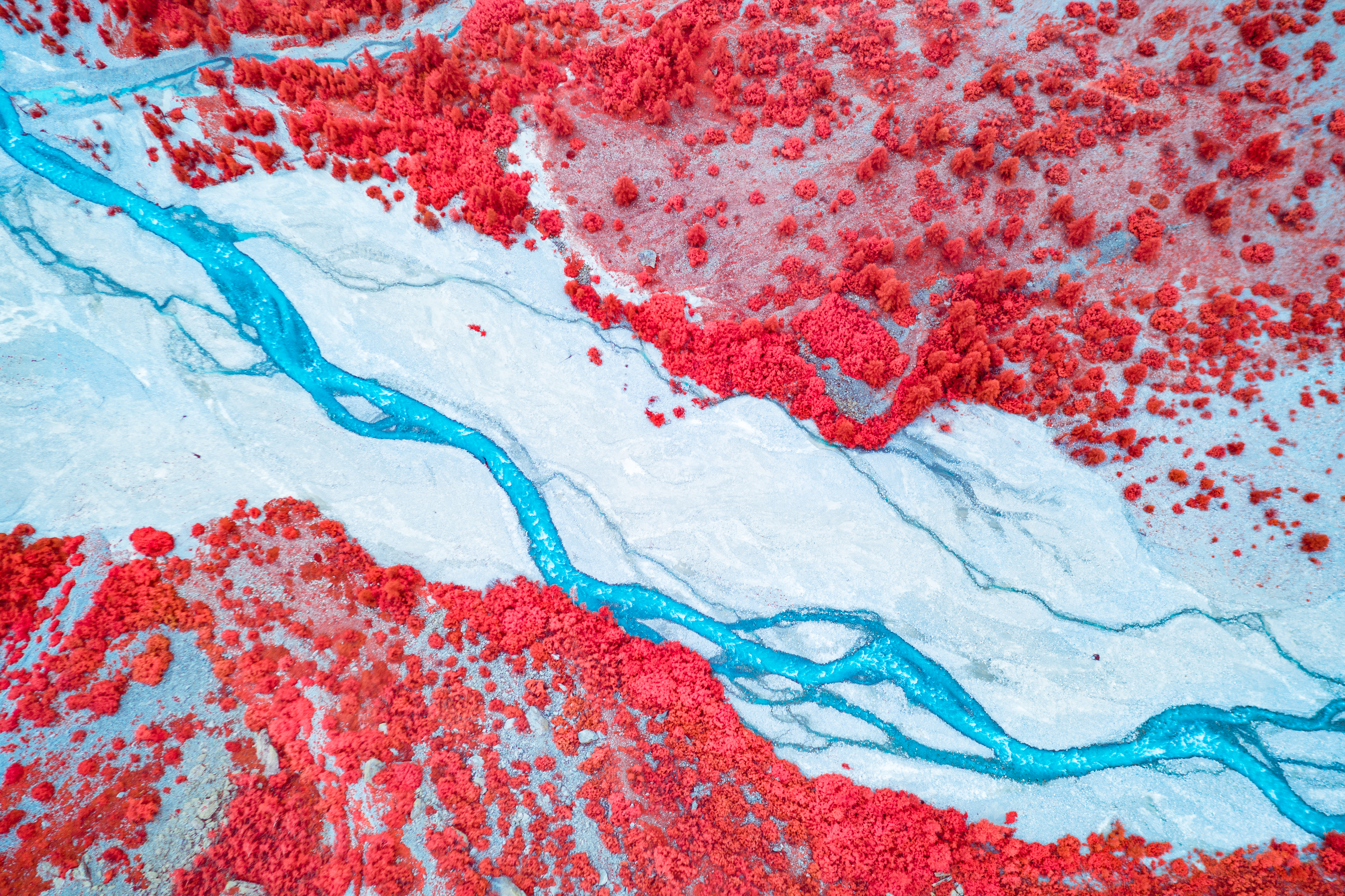“When you dedicate passion and consistency to what you do, the rewards will come by themselves,” reveals Paolo Pettignani of Italy about his commitment to his craft. Known as one of the leading photographers in the contemporary field of infrared photography, in person, he’s reserved and prefers to let his work speak for itself.
You can view this article and much more with minimal ads in our brand new app for iOS, iPadOS, and Android.
An exciting way of seeing our planet’s diverse landscapes is through aerial / drone photography. In the last 5-8 years, advancements in drone technology have really helped photographers excel in this field. I still don’t know pan from tilt sometimes when trying to fly my Mavic Pro 2. But I do enjoy seeing the work of expert drone photographers on my social media feeds. Aerial perspectives fascinate me, especially those showcasing natural vistas from lesser-known places around the world. We’d featured Paolo a few years ago when he used a DSLR to capture infrared images of the Dolomites. After investing in a drone, Paolo decided he didn’t want to do what every other drone photographer was doing, instead deciding to tweak his drone’s sensor.
The Essential Photo Gear Used by Paolo Pettignani
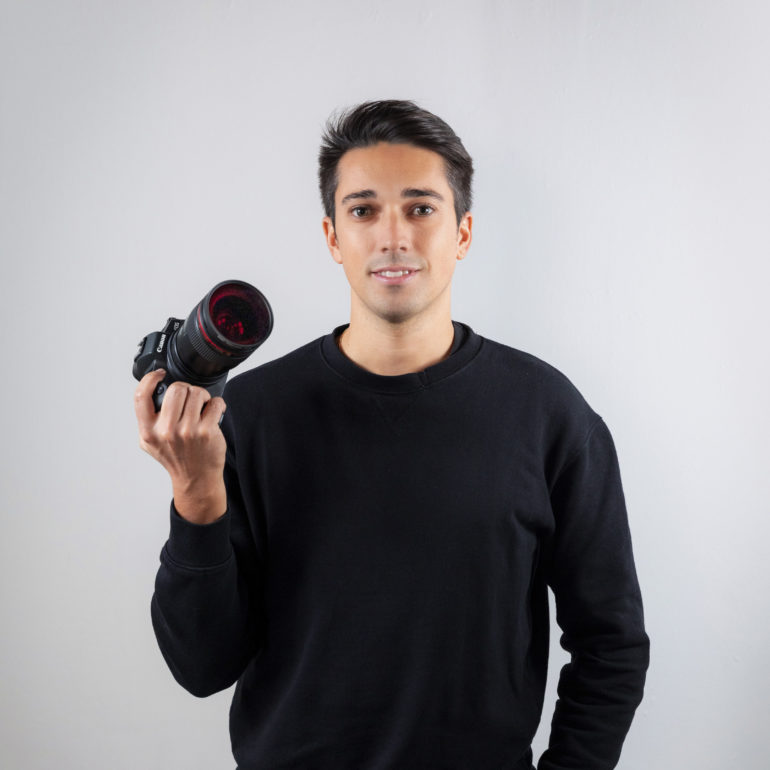
Paolo told us:.
- Canon EOS R converted to Full Spectrum
- Infrared filters (590nm, 720nm, IR Chrome)
- Canon 17-40mm f/4
- Canon 24-70mm f/2.8
- DJI Mavic 2 Pro converted to Full-Spectrum
The Phoblographer: Hi Paolo. Please tell us about yourself and how you got into photography.
Paolo Pettignani: My home town is Avigliana in the Piedmont region, where I experimented with the first images on Avigliana’s lake in 2015. Now I live in Torino, but every weekend I escape to the mountains. I’m lucky because the Alpes are very close to Torino. Since I was a child, I love to spend time in nature, do some hiking, climbing, and in winter, I am also a snowboard instructor. For me, photography has always been a great passion, and I started taking my first photographs during a trip with my family in Argentina. I was 11 years old, and I used an old analogic camera. Growing up, after a degree in “Design and Visual Communication” at Politecnico in Turin, I started doing some research to visually combine photography and graphic design into a unique image with a particular focus on colors. I started exploring new techniques and new themes to see the unseen. I found the way to express my personal vision of the world using infrared photography: a fusion of science and creativity, playing with colors, shapes and contrasts in order to create a visual mood to get the viewer lost into a new and unseen world that question reality as we see it.
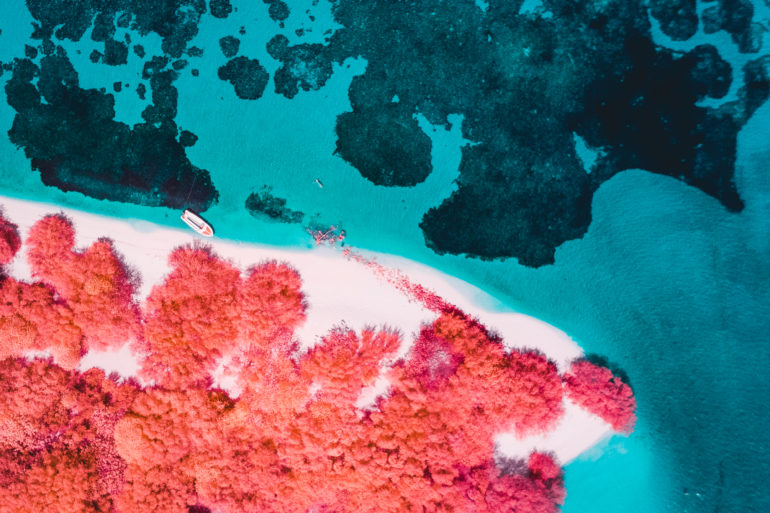
The Phoblographer: Where did the inspiration for doing the Infraland project come from? Why do you feel that viewing the world through an IR perspective will “highlight the beauty that surrounds us and that is too often forgotten“
Paolo Pettignani: I find inspiration from nature, architecture, graphics, film, painting and everything new I see during my travels and my ordinary life. I think that every kind of suggestion can be useful to improve own creative ideas. Talking about digital tools and platforms, I also used to find inspiration for my projects on Behance and Instagram contents, but I really love to read magazines and art books where I use to find different kinds of tips, information and visual styles. Infraland is a long-term project I started in 2015 that explores the themes of seeing the unseen capturing the invisible electromagnetic radiation of the infrared light.
Infraland projects show a series of surreal landscapes unbound by human perception and space, capturing the invisible electromagnetic radiation of the infrared light with a converted camera to the full spectrum: a fusion of science and creativity in order to question reality as we see it. Since 2015, the various publications and awards have managed to identify my style and my photographic signature with the infrared technique characterized by a color palette with warm orange and red shades of the vegetation and skies that turn from an intense blue to cyan. In recent years I have published the one, among the approvals, that my photos are animating a world of fans with a fantastic transposition of pink. So I put my mind into play with the idea of creating a single narrative strand called “Infraland” that could contain all my photographs taken in nature around the world.
Today “infraland” has also become a portal with a dedicated Instagram page that welcomes the projects of photographers that reflect the idea of the new “infraland world”. I like to think of Infraland as the first independent nation ever founded on a social network. It is an invisible territory scattered all over the world whose hidden beauty can only be revealed and shown through the talent and creativity of its citizens. @infraland.world shows the beautiful and hidden side of our world, captured by the eyes of talented artists and photographers with particular attention to colors, nature and innovative shooting techniques.
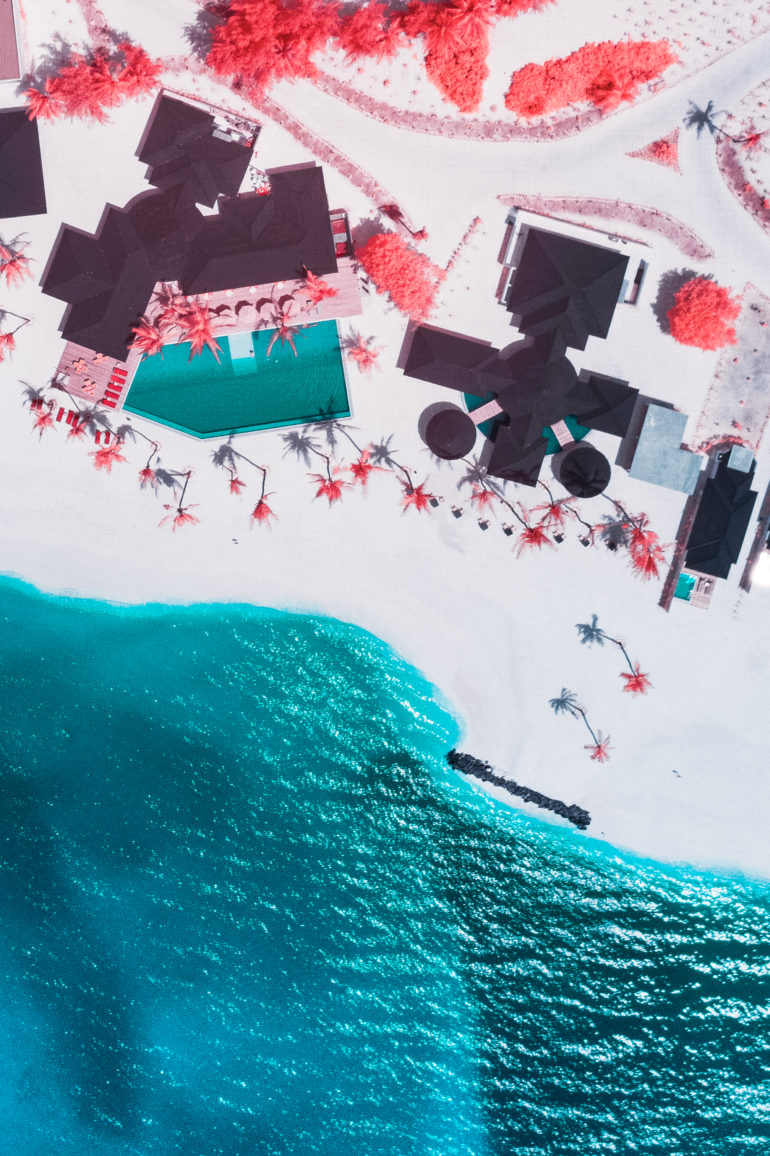
The Phoblographer: Did you modify the sensor of the drone for this, or was this done using an IR filter? What was the technical process like?
Paolo Pettignani: Yes, I modified with Kolarivision the sensor of the DJI Mavic 2 Pro to the full spectrum. A full spectrum camera conversion is a modification where the camera’s internal IR cut filter is removed and replaced with a clear filter, making the camera sensitive to UV, visible, and IR light. The big benefit of full-spectrum is that it allows you to put external filters on the lens to narrow the sensitivity to a certain range. Putting an IR filter on the lens will still allow for handheld infrared photography, just like a converted camera. Alternatively, using a hotmirror filter, you can use the camera to take normal pictures.
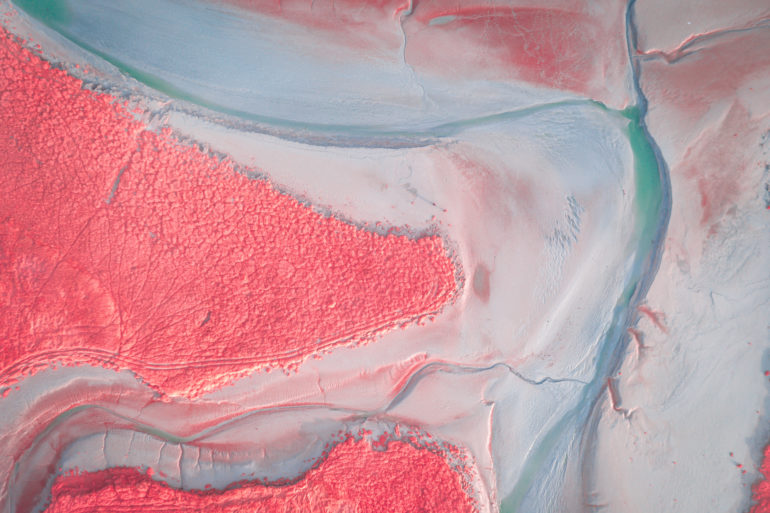
The Phoblographer: How easy or difficult was it to help reproduce the end results you had in mind for this project? Did it turn out the way you envisioned it to?
Paolo Pettignani: When I started with infrared photography, I never thought I’d get to this point. Everything was born for fun and pure experimentation, following the desire to explore new techniques to communicate my most personal vision of everyday life. It is amazing to see over the years, I have been identified as one of the pioneers of this technique. Honestly, I can’t tell you if it was easy or difficult. It was certainly not an immediate process, but when you dedicate passion and consistency to what you do, the rewards will come by themselves.
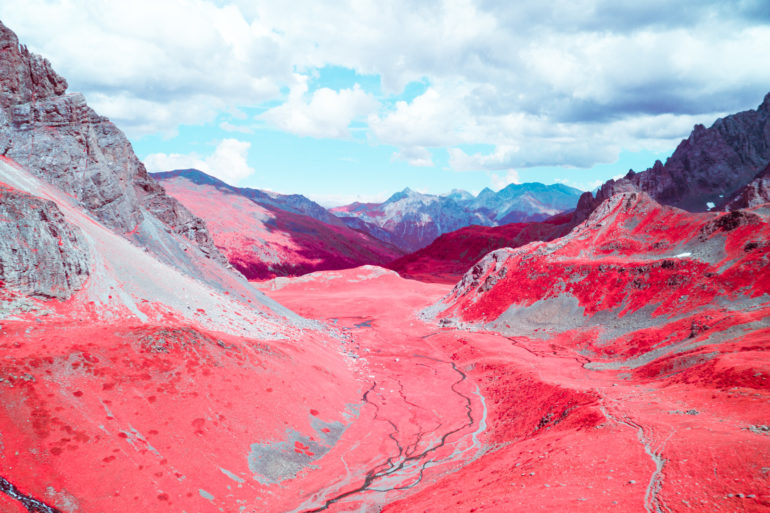
The Phoblographer: What would you say are some of the things that can be easily seen using IR photography, which may not necessarily be visible in regular photography?
Paolo Pettignani: Infrared photography is a look into the invisible world. The human eye can see wavelengths from about 400nm-700nm (from purple to red); infrared light is beyond 700nm. IR photography can be done with either infrared film or a digital camera and typically involves near-infrared light in the 700nm to 1200nm range. This is different from thermal infrared, which images far into the infrared spectrum.
Infrared photography produces some very distinct effects which make them aesthetically pleasing and can improve visibility through certain kinds of haze. This property is particularly important for long-distance photography on the ground, where the detail of distant objects is often obscured by haze and for high-altitude photography from the air.
Actually, infrared photography does not always result in a very marked increase in the range of vision, but it generally increases the contrast of the distant subjects and thus the amount of detail that can be seen. This produces the effect of greater penetration.
There are hundreds of uses for infrared photography in many different industries. From the war on drugs to detecting new stars in the sky, infrared is helpful in more ways than most people could imagine.
In the field of medicine, IR photography is particularly useful as infrared radiation can penetrate the skin, making problems such as varicose veins or venous blood easy to spot. Infrared is also used in plant pathology, in the study of plant diseases where there is a change in pigment or cellular material and in forest surveys to distinguish between stands of coniferous and deciduous trees.
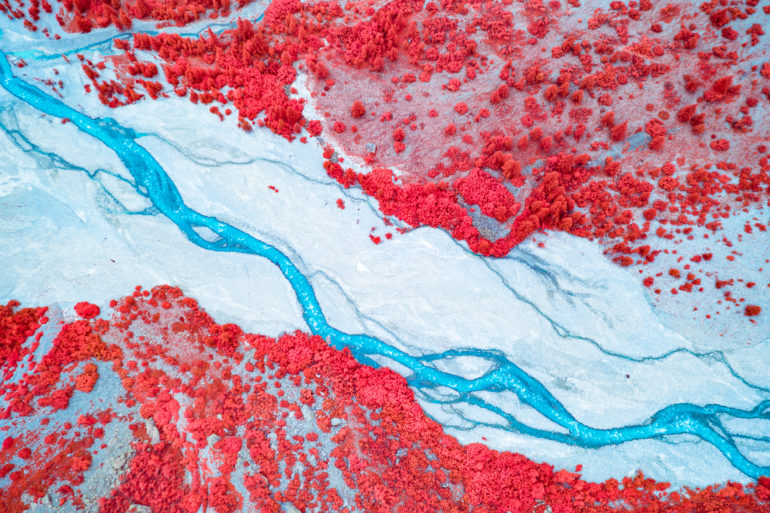
The Phoblographer: As an aerial landscape photographer, do you actively see the effects of climate change in places you’ve gone back to photograph again? What are some of the most significant changes you’ve seen so far?
Paolo Pettignani: Since I have shot for a few years, I cannot say that I have seen great changes due to the climate, but this type of photography helps through the variation of colors to more easily identify and highlight the presence of vegetation. For example, I was a few years ago on the Mont Blanc Glacier and it is crazy how, from the photos, you can see that the meadows and other nautical elements are coming to life at higher and higher altitudes, where the glacier extended years ago.
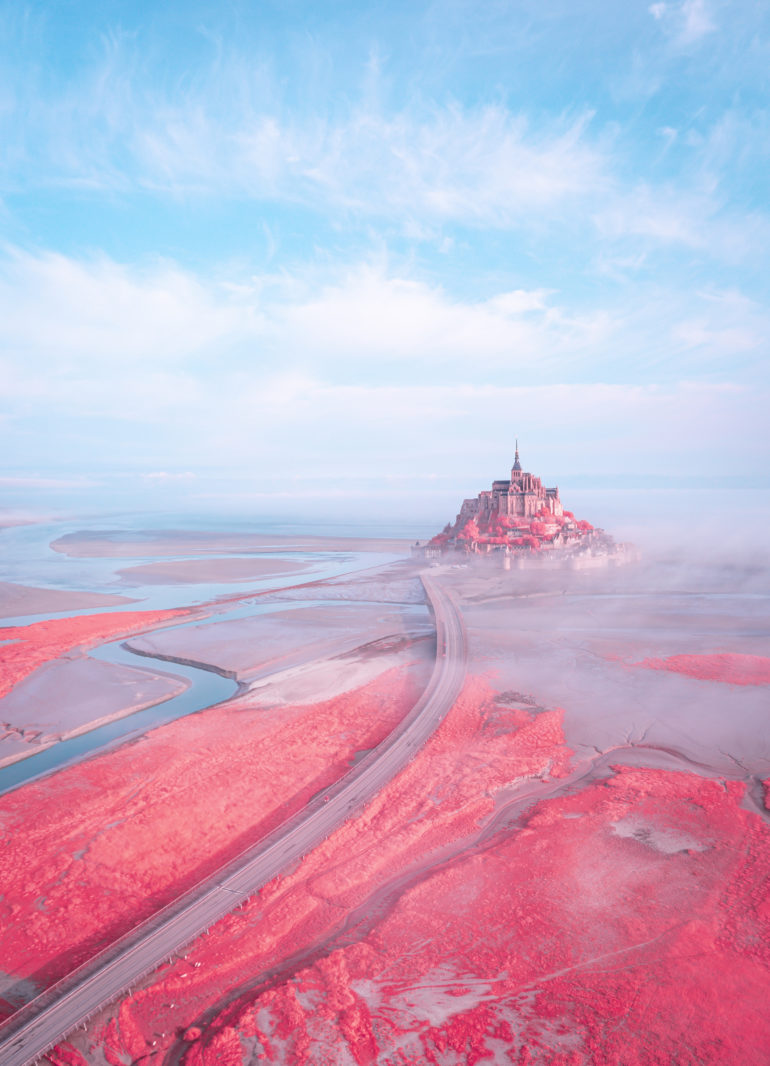
The Phoblographer: Getting the average person interested in climate change is no easy task. How do you find the balance between making engaging images that also tell an important story?
Paolo Pettignani: Every image or at least every photographic project should tell a story. With my images, I want to address important issues such as climate change and the human perception of reality through scientific and innovative techniques. It is not easy to tackle these issues and arouse people’s interest but, using infrared photography, I can also create aesthetically beautiful and captivating images. In this way, I can bring the viewer closer to deepening arguments that would be difficult to do in any other way.
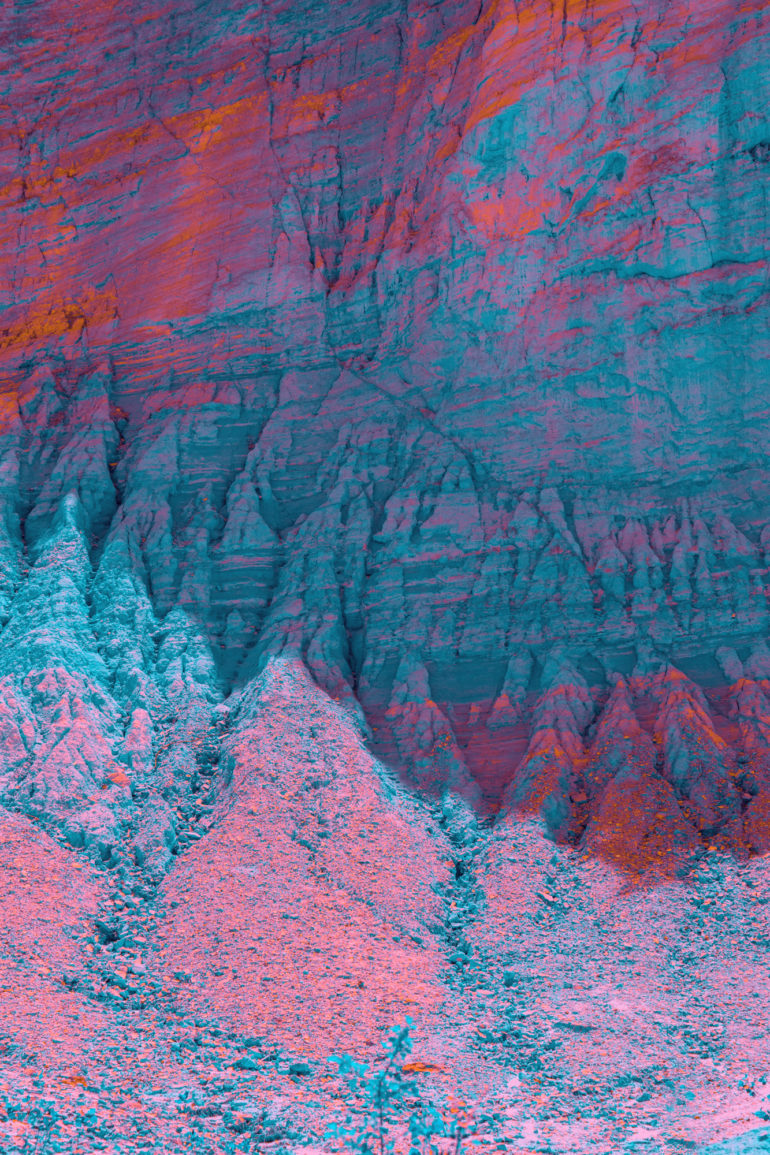
The Phoblographer: There’s a sense of solitude and minimalism in these images, and in a lot of your other landscape work. What is the main reason for composing images with this feeling?
Paolo Pettignani: I think a lot of the images I take also talk about me and involuntarily represent who I really am: a quiet, simple guy who is fine on his own.
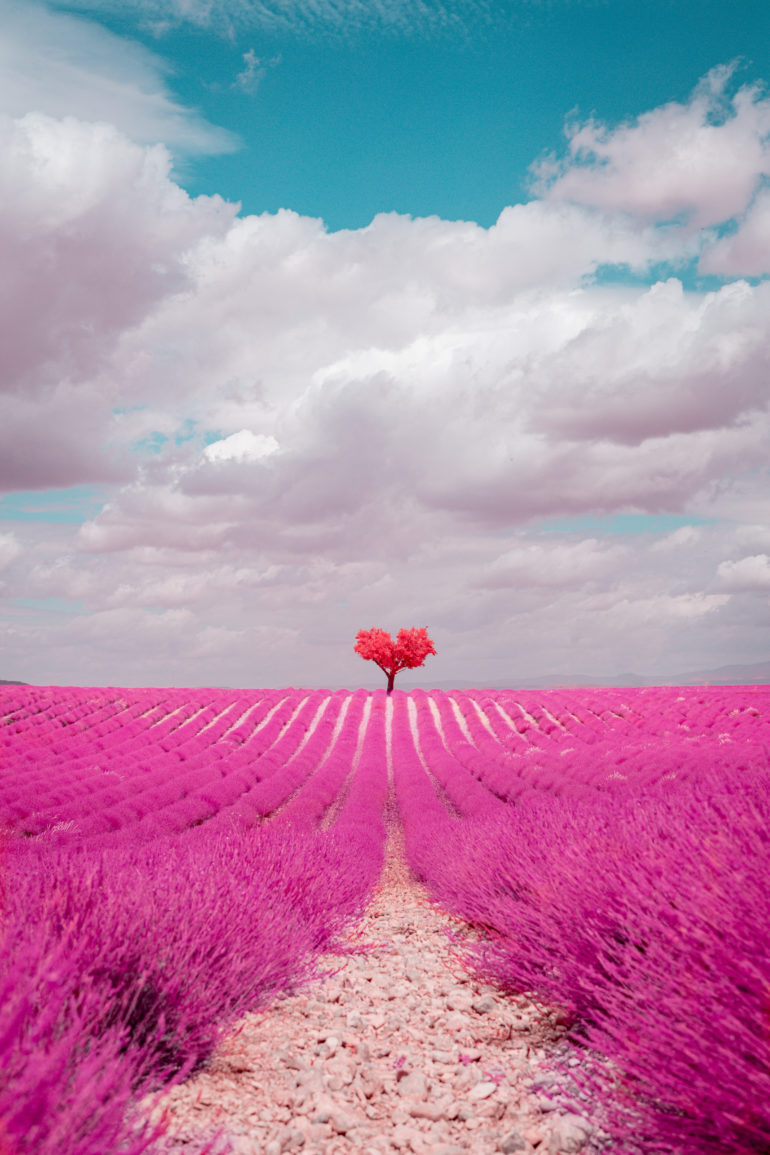
The Phoblographer: I enjoyed your series of Infrascapes in my home town of Dubai. Any plans of doing similar work in other cities of the world?
Paolo Pettignani: Due to the pandemic in the last two years, I have not been able to make the trips I wanted. I focused on new European destinations; soon, I would like to return to the Dolomites to create a new infrared series, and I am experimenting with new digital techniques for some new projects. Stay tuned for future projects.
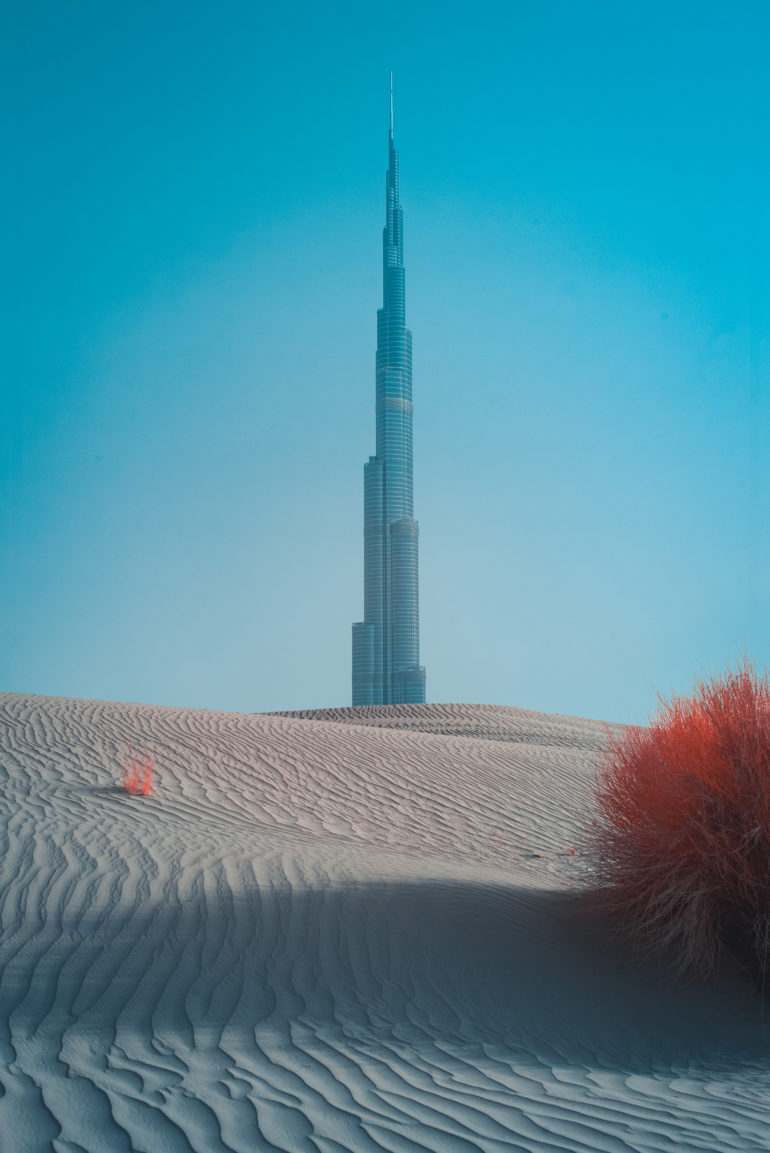
All images by Paolo Pettignani. Used with permission. Please visit his website and his Behance and Instagram pages to see more of his work.
Want to get your work featured? Here’s how to do it!


